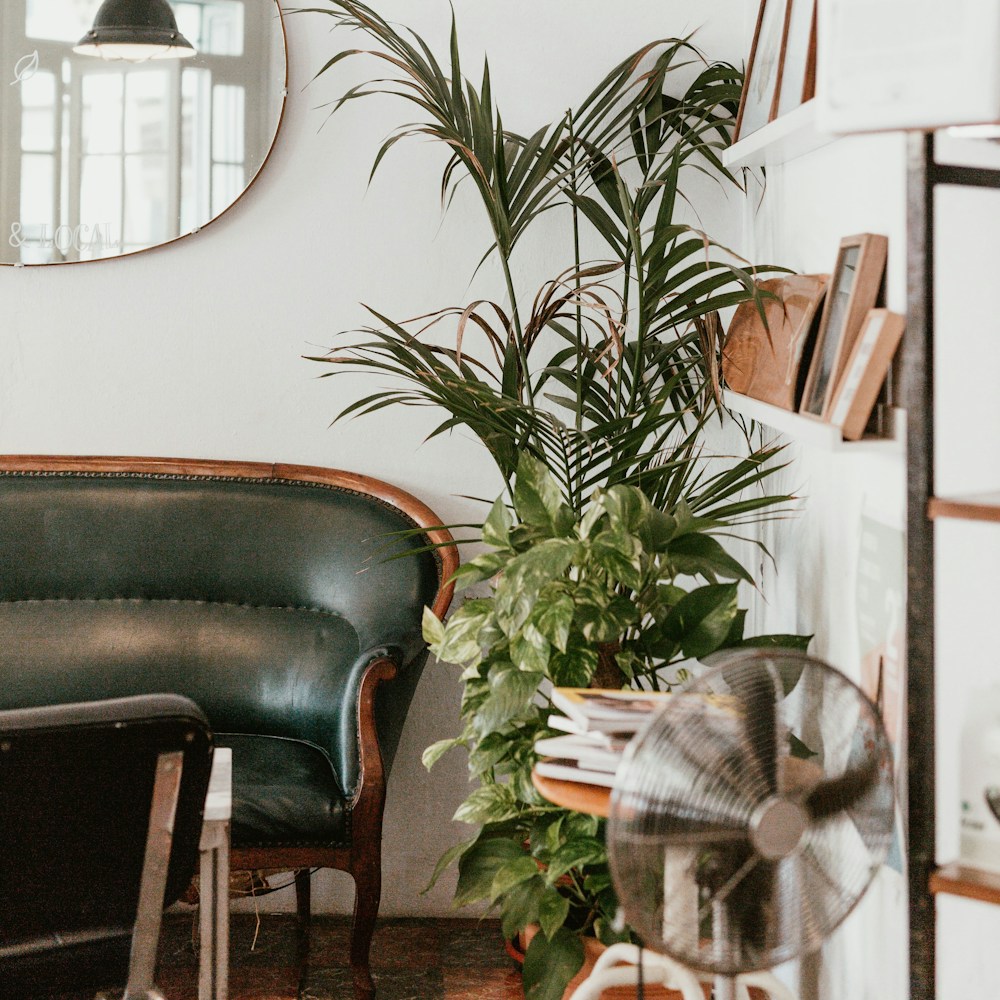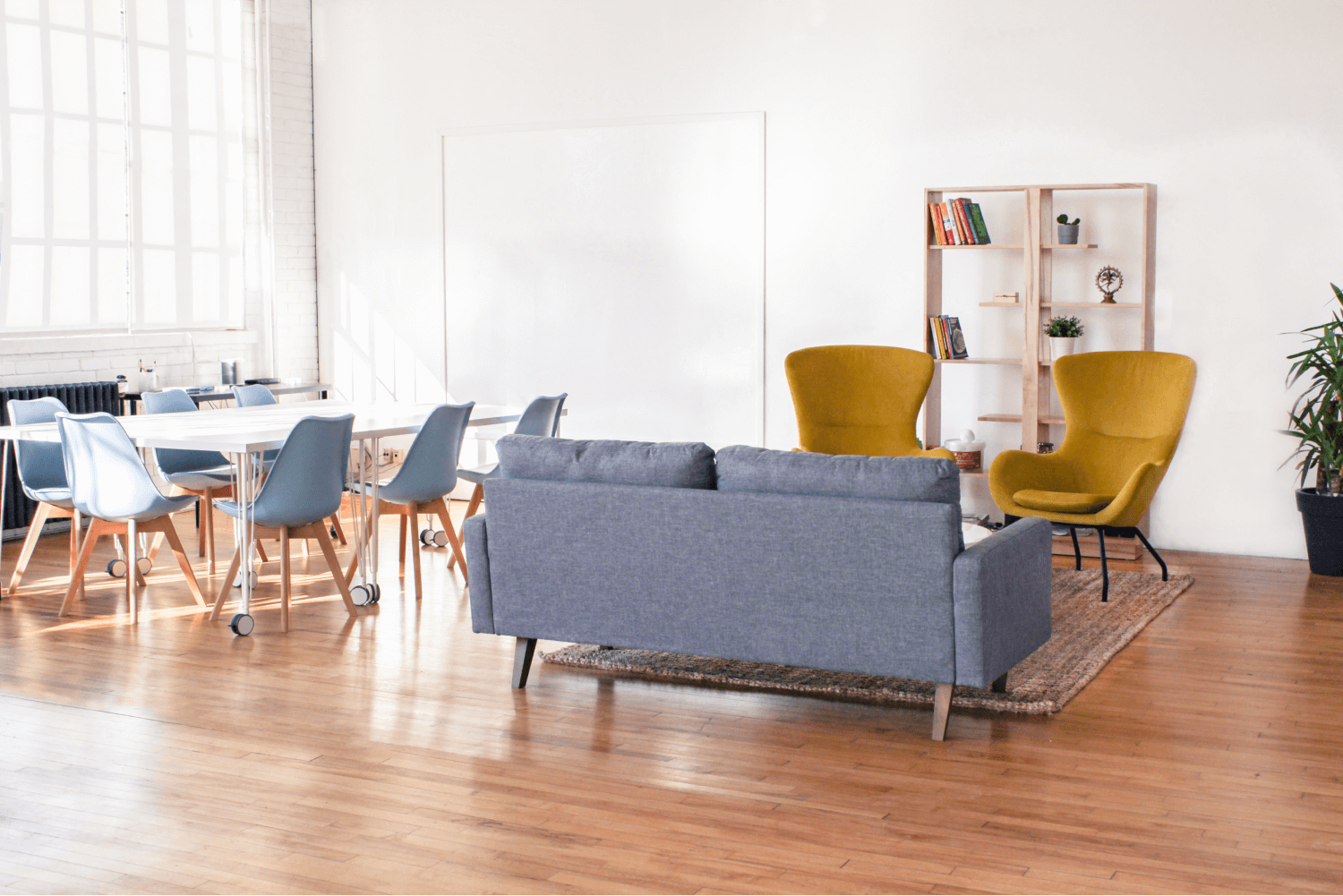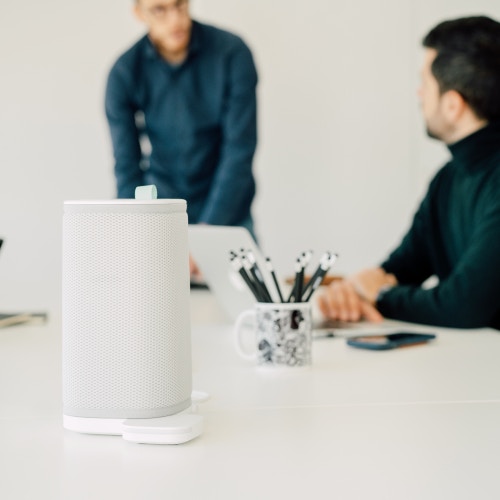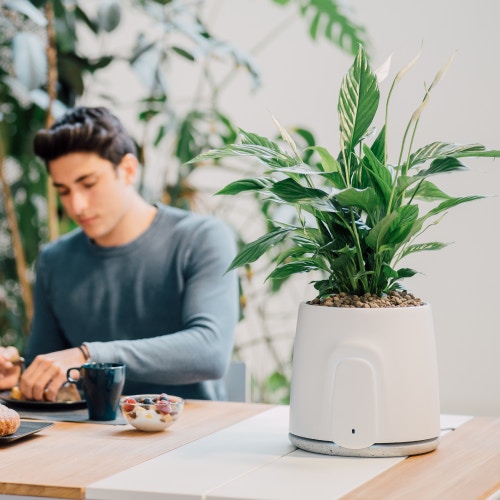
Biophilic design: the importance of bringing nature indoors
→
The indoor environment is critical for wellbeing, but what is it about the environment that makes the biggest difference to the quality of the experience. Let's explore how an holistic approach to the design and management of the indoor environment can have both a quantitative and qualitative impact on indoor environmental quality.
Facts are facts, but perception is reality
When we think of wellbeing, we often separate the physical components from the psychological. By this, we often consider ergonomics, air quality, light, and acoustics as distinct from those elements of the interior environment that satisfy our emotional needs. In the workplace, for example, many organizations think it enough to ensure that workers have access to furniture and equipment that satisfies certain standards and protects them from litigation relating to industrial injury or other work-related illness.
However, research carried out over several years in the UK, Netherlands, Norway, Australia and the USA has consistently shown that psychological comfort - that obtained through corporate culture and empowering management styles - has a huge impact on wellbeing. Improved wellbeing leads to improved job satisfaction, which in turn results in improved productivity and profit.
So, whilst we are able to easily measure the physical components of a space: light levels, temperature, air quality, furniture specifications, etc., quantifying the effects of interventions such as decoration and management style is much more difficult. It is not impossible - there are numerous survey instruments that make it possible, but such analysis takes time and the interpretive skills of psychologists and statisticians.
Biophilic design: what does it mean
Biophilic design is the trend of the moment and its association with wellbeing. Any casual examination of an architecture website or interior design magazine will confirm that. Often large, plant-filled spaces and claims about how bringing nature indoors will enhance health and wellbeing. Also, many designers think mainly, or only, in terms of the emotional, almost spiritual, need to connect with nature.
Bringing natural elements into our built environment - our offices and cities - is a great response to that feeling of calm we get when in nature. However, let’s examine why being in nature really makes us feel comfortable.
When we create environments for humans - offices, for example - we tend to make them very space efficient, very energy efficient and completely unlike the environment where our species has spent over 99% of its evolutionary history.
Humanity evolved on the plains of Africa. Wide open spaces with undulating landscapes. The vegetation was scattered and grew in clusters; water was plentiful and skies were bright. We use our eyes to look for food and threats – sight is our most developed sense. Colour perception for us – the part of the spectrum that we can see – enables us to spot shapes (food or danger) against the background of vegetation, and recognise when fruits are ripe.
Our hearing is fine tuned to the noises of prey animals and the sound of running water. Our sense of touch helps us to determine the quality of materials that we can use for shelter, and our sense of smell tells us what is safe to eat. Our senses are highly adapted to that environment. Those senses evolved over countless millennia to enable our species to survive.
If we stress our senses, for example by producing contradictory stimuli, we react as if there is a threat to our survival. Stress hormones prepare us to fight or flee. Our senses become overwhelmed or under used, or confused, and we feel anxious and uneasy.
As early as 1984, the World Health Organization (WHO) identified the phenomenon of Sick Building Syndrome (SBS). Sick buildings were those where the users of the building experienced a range of symptoms that were often associated with poor air quality (especially Volatile Organic Compounds - VOCs). A few years later, research carried out by several scientists seemed to show that indoor plants were an effective way of countering SBS. The mechanism of the impact being plants’ abilities to metabolise some of the pollutants in the atmosphere. More detailed studies showed that the effects of the plants on indoor air quality were minimal when they were used in the numbers that are practical in working buildings and outside of a controlled environment laboratory.
Nevertheless, some studies did show that when plants were put into offices, symptoms associated with SBS reduced significantly, even when an objective measure of air quality showed very little actual differences before and after the plants went in. These were some of the first indications of the psychological impacts of greenery on health and wellbeing and led to the development of ideas that we now call biophilia.
Creating environments that genuinely support wellbeing
Of course, wellbeing in buildings isn’t just about making office workers more productive. The design principles that support wellbeing can equally be applied to other environments, such as hospitality, retail and healthcare settings.
With an emphasis on hygiene and the urgency of curing disease and treating injuries, utility is understandably the top priority in the case of healthcare settings. Unfortunately, these environments are often very stressful - both for patients and their carers. Patients are already anxious about their condition and the treatment they will receive, and typical healthcare environments do little to alleviate that stress.
However, there is a growing body of evidence (stretching back over 30 years, to the pioneering work of Prof. Roger Ulrich) that demonstrates the real benefits of biophilic design in healthcare environments. Stress, anxiety and recovery all seem to be impacted when environments are designed along with biophilic principles - and those benefits apply to healthcare practitioners as well as their patients.
Similar factors apply in hospitality and retail situations. Nature-inspired design is often associated with a high-quality experience: low stress and a tranquil mood are often marketed as benefits of such environments.

Communicating the intent to improve wellbeing
We are used to the idea of greenwash as far as sustainability goes - organizations making unsubstantiated or exaggerated claims about their environmental performance. That too happens with biophilic design. Fancy spaces full of plants and other design elements that are then showcased as best practices. However, unless there is a real intent to improve wellbeing, and a system to measure the impact and refine the process during, and after, the design has been completed, then you may find that you end up with an expensively designed environment that doesn’t live up to expectations.
This part of the process is all about communication. People like to know about their environment and react to it. In these days of instantly accessible information and instant feedback, there is almost an expectation to be able to see data and express mood or satisfaction with a space.
Air quality monitors and occupancy sensors can let users of space know instantly about how comfortable you might be. Will it be overcrowded? Will the air be fresh? Will the space be too warm? The design of the environment should reinforce those data.
Returning to the idea that biophilic design has a lot to do with ensuring our comfort by not confusing our senses, it is very important that any data on the environment inside a building confirms what our senses are detecting - a contradiction will cause confusion and discomfort and reduce the enjoyment of that environment.

A good atmosphere
Buildings need a good atmosphere for people to thrive. Good intentions lead to good design, good air and good moods, and that leads to happier, healthier and more comfortable people.
Author: Kenneth Freeman
Kenneth Freeman is an expert on biophilic design and interior landscaping, with over 25 years experience in research, development and communications in the field. Based near London, he has worked internationally and has spoken at numerous conferences in Europe and North America.








